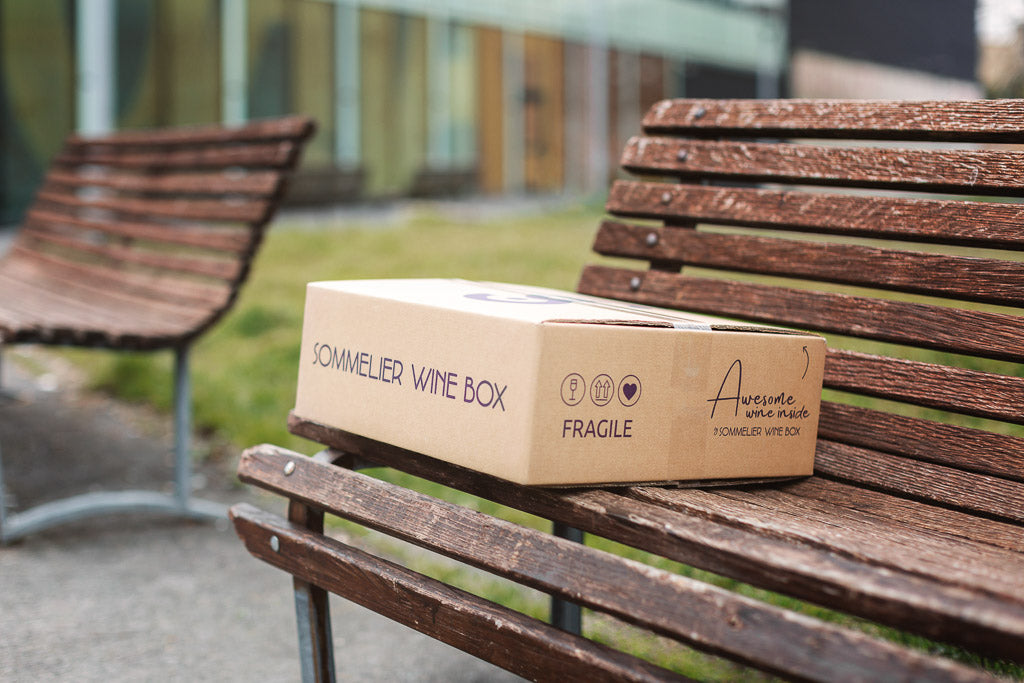In a distant past, Italian viticulture was even richer than today in native vines, a heritage that was partly lost due to changes in taste in the middle of the last century. Recovering them was, and still is, one of the most fascinating challenges of contemporary wine. But what does a native vine really mean?
Here is a small guide to the concept of native vine, in 5 points.
1. What is an indigenous grape variety?
An indigenous vine is a grape native to a certain territory , where it has always grown. For this reason, it has a special relationship with that land: it reflects it and tells it at the same time. And there he gives his best .
2. The opposite of native grape variety?
International grape variety: a grape that is widespread in practically all wine-growing areas of the world.
3. How many native vines are there in Italy?
Italy has the richest heritage of native grapes on the planet, with around 1500 known varieties , over 360 of which are registered in the Register of Varieties used in wine production .
4. Native: a purely oenological issue?
Not only. Making wine with native grapes means offering the market unique, often rare, products that tell the story of the territory: its beauty, its culture, its people.
As often happens in the world of wine, the issue becomes cultural. According to wine journalist Matt Kramer, the most important concept for wine is precisely this. Wines from native vines “have an integrity that comes from time and local tradition that precedes the pervasive power and market penetration of globalized brands. Nothing is more precious than native wines because, in the end, you cannot reproduce them ”.
5. How did the Italian rediscovery of the natives begin?
It's curious, perhaps, but it was grappa that started a new native culture! We are in the seventies, at Nonino , who, in order not to lose the Friulian varieties, set up studies, offered prizes and money to the winemaker who planted the best Schioppettino, Pignolo and Tazzelenghe plants. From there, a real battle with the authorities begins, since those grapes were not registered. A four-year battle, won in 1979 with the first Schioppettino grappa. Since then, a real movement has begun for the protection and productive recovery of the many native Italian varieties . If we are here talking about it, it is thanks to that season and those enlightened people.
On the natives, in short
Buying and tasting a wine made from grapes of an indigenous vine means "drinking" an entire territory .
Not only that: it is synonymous with authenticity and craftsmanship . The poetry of wine.




